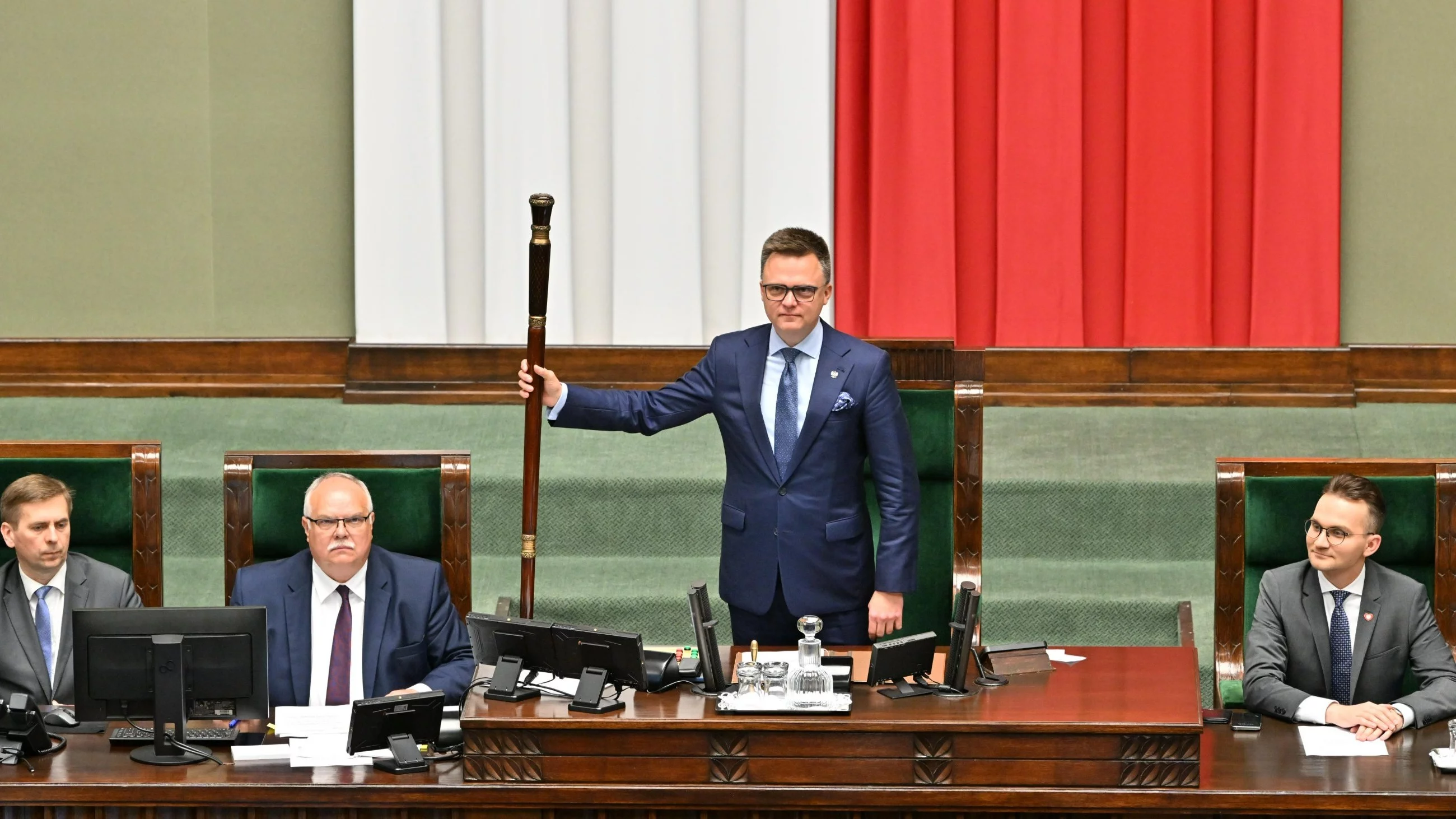In Wrocław, in 2014, the scientist Olga Malinkiewicz with 2 businessmen Piotr Krych and Artur Kupczunas founded Saule Technologies, whose aim was (and most likely further) to produce perowskit-based photovoltaic cells.
I quote behind wikipedia:
Perovskites – group mineral made of inorganic chemical compounds with a general expression ABX3where A – that's usually kationmetal group Lithium or beryllium (more often, 1 of the Transitional metals), B — is simply a cation o coordination number equal to 6 (most frequently Titanium, niobium, tantalum, manganese), and X – is usually the oxide anion O2−less halogenic or Sulphur. The name of this group of compounds originates from a typical representative of the group, perovskite (calcium titanate(IV), CaTiO3).
Perovskite-based cells can be much cheaper than conventional ones on silicon, and they can be applied on almost anything: on the car, on windows, on yachts, etc.
The problem with Perowskit cells is that their life span is respective 1000 hours, and it takes 10 times more. This is not just a concern for Saule, but besides for everyone else who deals with Perovskites.
Reading news reports, I feel Saule's company is about to go bankrupt. If that happens, I think it's very bad.
I am presently at a large (1000 people) conference, where perovian photovoltaics are devoted to quite a few presentations. I spoke with a Korean who does this, and he estimated that in Asia (China, Japan, South Korea) investigation in this area is carried out by at least respective 1000 scientists. The most promising ones are hybrid cells: perovskites+ polymer layers.
In Poland, which has Saule, it is worth considering whether in this technological race for long-term low-cost links we have a chance. If Saule goes bankrupt, he surely won't.
Michał Leszczyński
















